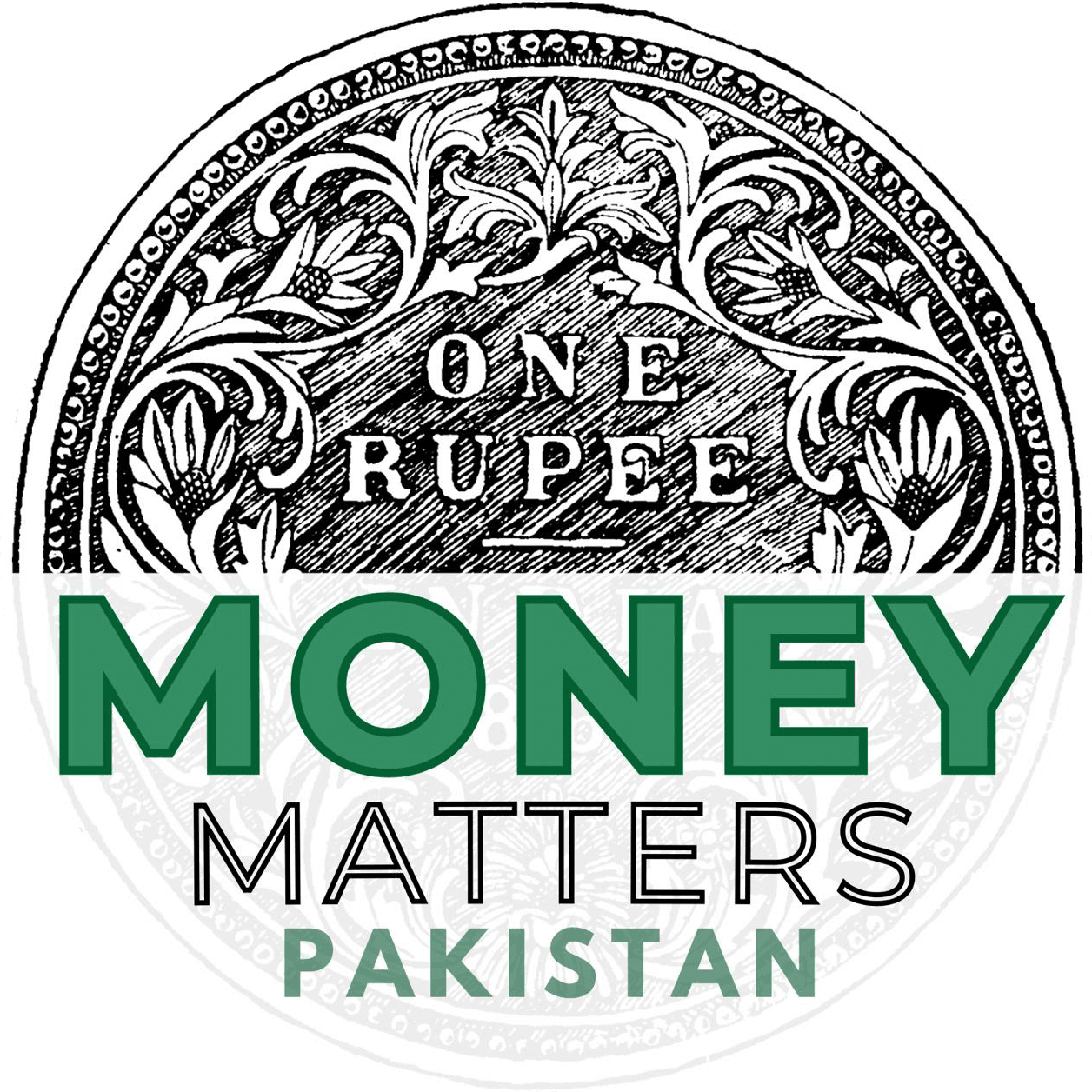Key Takeaways:
– The budget benefits the wealthy, leaving the salaried class to bear more tax burdens.
– Stagnant real income growth and a reliance on increased taxes highlight economic challenges.
– Escalating debt servicing costs and inadequate development spending are major concerns.
In a recent column, I Hussain critiques the federal government’s budget, arguing that it disproportionately benefits the wealthy while neglecting the broader population. Hussain’s analysis sheds light on the budget’s shortcomings and its implications for economic inequality.
Failing to Convince
According to Hussain, “the major issue with the federal government’s recently announced budget is its failure to convince anyone outside the government’s core supporters that it can achieve its intended results.” He emphasizes that the budget seems tailored for the affluent, leaving the salaried class to shoulder more taxes while land and property owners enjoy tax exemptions.
“Why should the salaried class, already bearing the bulk of income taxes, be expected to pay even more?” Hussain points out the unrealistic expectation that a struggling economy can generate a 40% increase in tax collections, comparing it to asking “a severely dehydrated person to become a blood donor.”
Economic Disparities
Hussain cites the ‘Pakistan Economic Survey’ to highlight economic disparities: the cumulative growth of per capita income from 2017-18 to 2022-23 was 98%, while inflation, measured by the Consumer Price Index (CPI), grew by 87%. This resulted in a meager annual average real per capita income growth rate of just over 1.0%.
Unjust Tax Burden
The columnist questions the fairness of the tax system: “Why should the salaried class, already bearing the bulk of income taxes, be expected to pay even more?” Hussain points out the unrealistic expectation that a struggling economy can generate a 40% increase in tax collections, comparing it to asking “a severely dehydrated person to become a blood donor.”
Recession Indicators
Hussain also notes recession indicators, such as a stable exchange rate amid economic slowdown. He argues that high electricity and gas bills in a “desperately poor country” exacerbate the financial burden on the majority.
Government Expenditures and Fiscal Deficits
Highlighting the disparity between revenue and expenditures, Hussain states, “the average annual growth in total expenditure for both the central and provincial governments was 16.9%, while revenue growth was only 13.6%.” This gap has led to escalating fiscal deficits exceeding 6% of GDP.
Development Spending and Debt Servicing
Hussain criticizes the budget’s lack of development spending, which grew at an average annual rate of just 5.5%, lower than inflation. He underscores the burden of debt servicing, which soared to 91% of total revenue in 2022-23 due to high interest rates and currency depreciation.
Tax Reform and Agricultural Income Tax
Hussain revisits long-standing recommendations for tax reform, such as implementing a Value Added Tax (VAT) and taxing agricultural incomes. He doubts the feasibility of these measures, given the political power of large landowners who often evade taxes.
Conclusion
I Hussain’s column paints a grim picture of economic inequality and fiscal mismanagement. He calls for a drastic restructuring of the economy and more interdisciplinary approaches to policy-making, emphasizing the need to consider political and cultural realities alongside economic variables.




